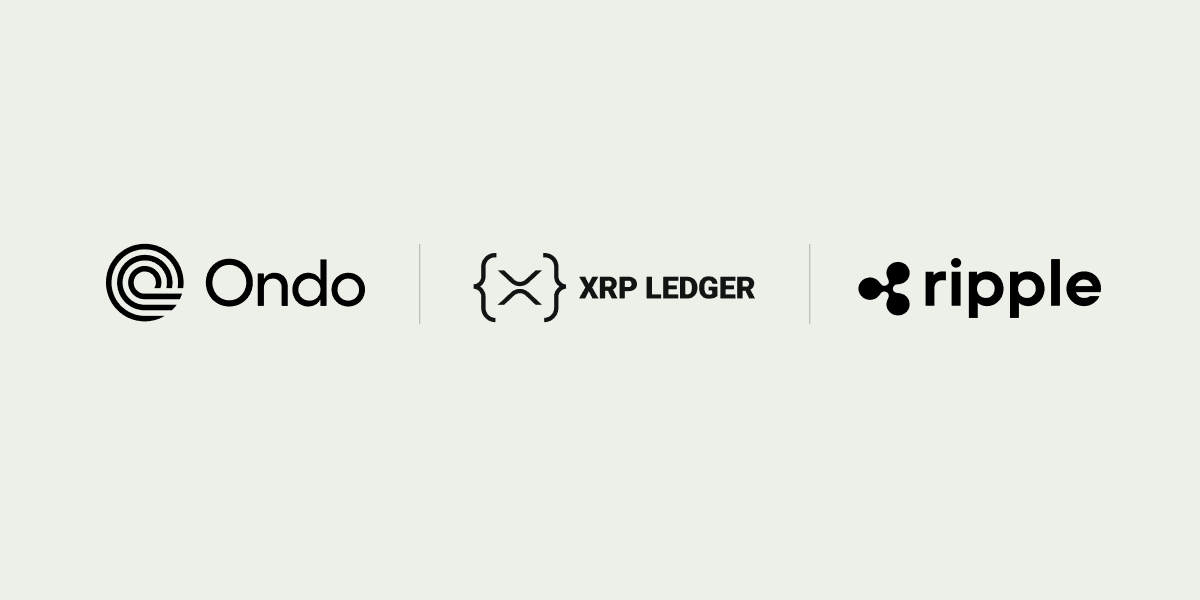RippleX today invites the developer community to provide feedback on its proposal to enhance NFT support on the XRP Ledger.
The widespread use of digital tokens to represent ownership of assets on a blockchain—or, tokenization—is transforming how people buy, sell, track and manage assets of all kinds. With everything from art, and real estate, to intellectual property, equities, supply chain goods, and more being tokenized, this innovation is unlocking a wide range of new efficiencies and new opportunities.
In fact, the World Economic Forum (WEF) projects 10% of the world’s GDP will be tokenized by 2027. That’s only six short years away. The breadth of this transformation—which will be a key pillar of the Internet of Value going forward—means more people will have more access, in more equitable ways, to leverage various types of value for their benefit.
But achieving impact at-scale across so many asset types will require the interaction of different blockchains and existing internet and financial infrastructures. This presents a unique opportunity for the XRP Ledger (XRPL): a blockchain that was created with the design and performance characteristics necessary to handle all types of currencies or assets with high efficiency and at low cost.
NFTs and Today’s Frictions to Adoption
Non-fungible tokens (NFTs) are an important subset of tokens with the potential to powerfully accelerate the burgeoning creator economy while opening access to broader participation in today’s modern financial system. But to realize this broad adoption and vision, developers need new and better platforms upon which to build NFTs.
The first phase of NFT growth and development requires having the right infrastructure in place to enable an accessible, integrated, inexpensive, and open user experience for developers, creators, marketplaces, and consumers alike. For some, the difficulty of navigating the patchwork of new technologies is a key impediment, while the expense of an NFT transaction due to high gas fees is the key barrier to entry for others, while for others still the main blocker is the high environmental cost of creating NFTs on some blockchains. While there is tremendous interest in and growth of NFTs already, all of these frictions stand in the way of a fully modernized and broadly accessible means of creating, sharing and monetizing NFTs.
XRP Ledger: The Blockchain-of-Choice for NFTs
We believe the XRP Ledger is ideally suited to deliver a superior user experience for NFTs and tokenization more broadly. When combined with a robust suite of tools and resources, the innate performance advantages of the XRPL and its native digital asset XRP will enable developers a seamless experience for NFTs.
Cost-Efficient NFTs
Minting NFTs today generates a significant transaction expense. In fact, gas fees – the surcharge covering the computing energy required to process Ethereum-based transactions on NFT platforms – can add hundreds of dollars to the final price of a NFT (fees vary based on a given network’s user traffic and congestion). Thankfully, the XRP Ledger was built to be a more cost-efficient, scalable blockchain, and its coming federated sidechains aim to prevent the potential risk of clogging the network as NFT transactions take off.
Inherently Green by Design
The XRP Ledger also offers another significant advantage over other platforms going all-in on NFTs: sustainability.
Current methods for minting NFTs are highly inefficient in environmental terms due to the carbon footprint of many cryptocurrencies. Because the XRPL uses a novel consensus process for validating transactions, it consumes negligible amounts of energy and is 120,000x more efficient than proof-of-work networks.
Building on the XRP Ledger provides developers a unique opportunity to run more sustainable NFT apps and marketplaces while eliminating a heavy burden for the planet. XRPL’s approach to sustainability also results in cost-efficient NFT projects that are more profitable for creators and accessible for mainstream consumers.
Built-in Token Advantage
More than 5,400 currencies have been issued and traded on the XRP Ledger to date via its integrated decentralized exchange (DEX). XRPL’s DEX includes autobridging and pathfinding functionality built-in, which finds an efficient path for a payment, potentially leveraging XRP as a neutral bridge asset. Pathfinding also provides a standard for conducting payments in a single transaction, even when the sender has a different token from what the recipient wants.
What’s more, XRPL’s custom token functionality – Issued Currencies – allows tokens of all kinds to be seamlessly and securely settled without a central intermediary. This includes “IOUs”, such as fiat currencies or stablecoins, which are available on the XRPL today for purchase and trading with XRP on the DEX.
Since 2013, the XRPL’s fully-functional DEX has enabled those holding and receiving assets to issue, buy or sell any token—making the XRPL ideally suited for participants building a flourishing, lasting ecosystem for NFTs as tokenization launches into the mainstream.
What’s Next
The developer community around the XRP Ledger is already hard at work proposing features and providing tools and documentation to make XRPL the go-to chain for NFTs. XRPL Labs, for example, proposed a standard for using existing functionality to issue NFTs on the XRP Ledger and started working on an embedded xApp in XRP wallet XUMM for minting NFTs on the XRPL.
Building upon XRPL Labs’ standard, the RippleX team today proposed additional functionality that would provide enhanced NFT support on the XRP Ledger. Pending implementation and an 80% vote in favor of enabling the amendment, developers would be able to support more NFTs at lower cost, offer to buy or sell NFTs, leverage auction functionality, and direct a cut of secondary sales to the original issuer on the XRPL.
There’s tremendous room for growth and exploration in NFTs and tokenization, and we are excited about what lies ahead. Together, we can create the tipping point for mainstream blockchain adoption through a better and more sustainable approach to NFTs.
Developers, we’d love to hear your thoughts on our proposed standard for the XRP Ledger! Head to GitHub to comment and start building today.







